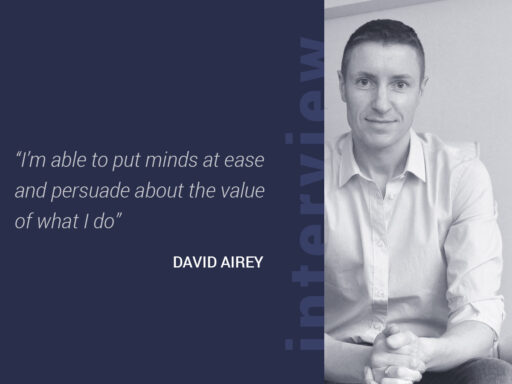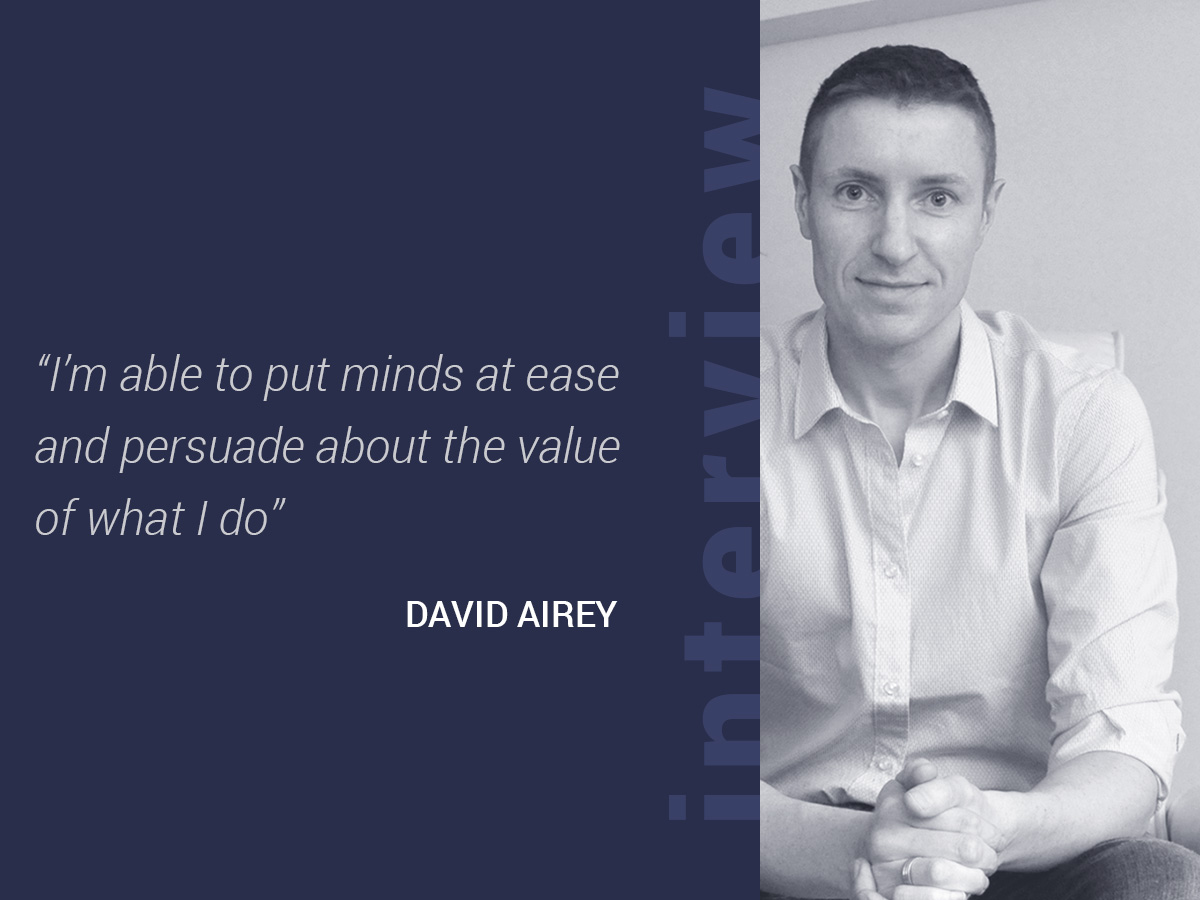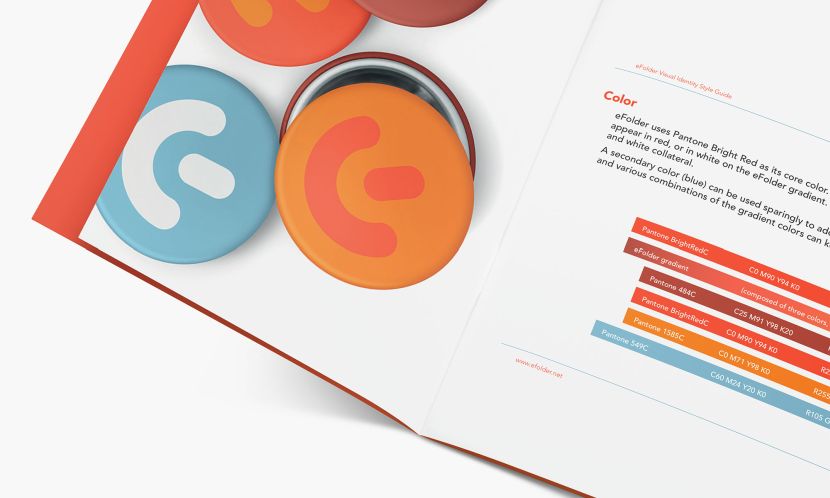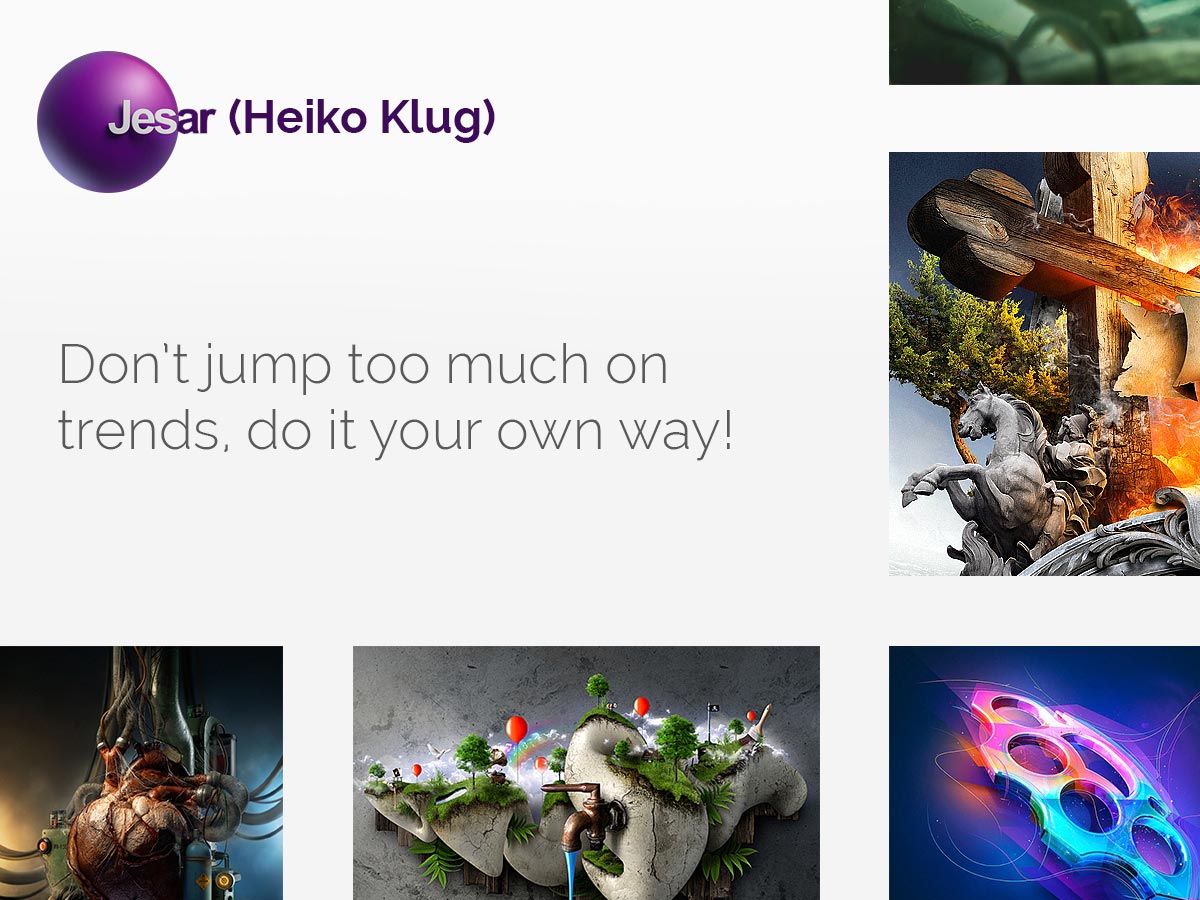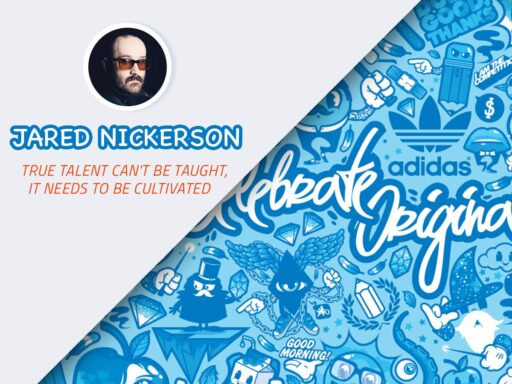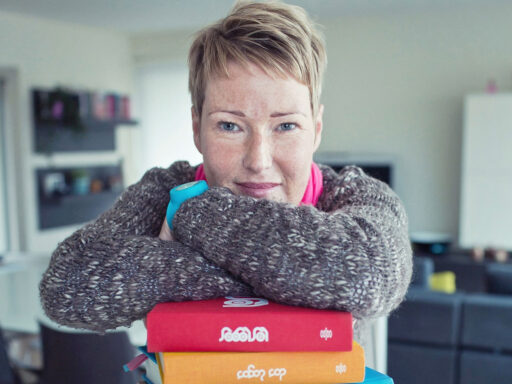A very skilled and well-known graphic designer and brand identity expert David Airey is also a brilliant blogger, writer and even, we can say, a tutor. He helped numerous clients to run their advertising campaigns, start their marketing promotions, and build their corporate identity.
In his exclusive interview for WP Daddy, David speaks on his career start, studies and working experience, his clients and their appreciation, his “Logo Design Love” book, some details on dealing with his blogs’ subscribers, some interesting thoughts and opinions concerning design, and much more.
You’ll find out a lot of exciting facts if you stay for a while to have a chat with David Airey. Enjoy!
1. Would you please share a bit about yourself and your field of expertise?
I’m an independent graphic designer in Bangor, Northern Ireland, and I’ve been self-employed since 2005 specialising in brand identity projects. Most of my clients are in other countries — a result of good search engine rankings and client referrals — so it sometimes feels like I don’t get out much. But that’s okay. I know how fortunate I am to be in a job I love.
2. How much time has it taken to ‘transform’ from a graphic designer to one of the leading experts in brand identity design? What was the most frustrating aspect of your path to success?
Those who know my work will have different opinions on how good I am. I just try to get better with every new project. It’s been that way since I started. David Hyde once told me of a quote he read, “A designer’s tastes are seven years ahead of the general public, and the art of being a successful designer is to be four years ahead.” I’m always chasing that elusive year four.
One of the more frustrating times in business was perhaps six or seven years ago when a client wouldn’t pay despite me doing more work than was originally agreed. I’m sure other independent designers can empathise, because it’s taken years of experience to learn the right way to manage a design project, and we all go through that learning curve.
3. Please tell a little about your education and the first steps in your career.
In 1995 at the age of 15 I studied art and design in college. Four years later I moved to Edinburgh for a degree in graphic communications management. That’s where I applied for, and won, a grant to spend three months interning abroad. I remember applying to about 100 different companies, resulting in three potential internships. I chose Pittsburgh with the Graphic Arts Technical Foundation (GATF). Amazing memories with some fantastic people.
After my formal studies, and after working a couple of non-design jobs to make ends meet, I took up employment with Myeloma UK — a cancer charity in Scotland — where I was responsible for web management and print design. Two years later I couldn’t shake the thought of starting my own business, and, thankfully, Myeloma UK became my first client.
4. I’m asking questions, but your books “Logo Design Love” and “Work for Money Design for Love” could serve as the answers to all of them. Not all our readers will be able to read them instead of this interview. Why have you given them these names? Is it a special strategy for attracting interested people and potential clients? Or do you consider design to be impossible without loving it for real?
There really wasn’t much strategy. *Logo Design Love* is named after my second blog by the same name, and I named the blog to get “logo design” in the URL without needing to pay a couple of hundred thousand for logodesign.com. There was probably a bit of influence from John Boardley’sI Love Typography. He’d been a commentator on my first blog and had started his site a short while before my second was launched. If I could rename it I’m sure I’d choose something more polarising.
5. I’ve read a lot in the “advice for students” section at your blog. Have you got experience of giving lectures in high school?
For a while, before I became self-employed I taught English to students of other languages, and had a short stint as an IT instructor, but despite being asked, I’ve not given any design lectures. I’m keen to produce a series of video tutorials, so I can reach a wider audience than a classroom. That might follow later this year depending on how much time I spend on client projects.
6. What are the clients you are most proud of working with? Are there any works you don’t mind to showcase to our readers?
I’m happy that all my clients have put their trust in me. They pay a sizeable amount of money without (for the most part) ever meeting me in person. There’s a risk in that, but I’m able to put minds at ease and persuade about the value of what I do.
If you’re talking about being proud of the work, that’s a tough one for me to quantify. Rather than feel any pleasure about what I design, I’m much happier when a client is delighted with the outcome.
7. If there’s a non-profit organization or a blog launched without any commercial basis (this means they don’t sell or promote any products, they just share some articles or tutorials), they’ve got a limited budget, and they want their design to be attractive enough and their logo to be relevant. Is there any chance you will collaborate with them and help them?
I’m always open to doing pro bono work. Absolutely. For me to give up my fee, it’s reasonable to expect the client to give up collaboration. In other words, I create what I think works best, and that’s what gets used.
8. Are there any online marketing components you use for your business? What ones would you advise to use?
I have an email list with MailChimp. Subscribers get a monthly round-up of content from my blogs. I don’t make any money from it, though, and it’s not cheap when your list reaches a certain number of subscribers. If I get those video tutorials on the go it might help to justify the spend.
I used to prioritize RSS subscriptions, but there’s no way to tell who or how many people are reading, so it makes much more sense to keep an email list.
9. Is there any brief advice for a newbie designer that they can’t read on your blog?
If you email people for advice, and you don’t receive a reply, please don’t hold it against them. The more successful people become, the more emails they get, and there comes a point when it’s just not possible to reply to everyone. But don’t let that put you off. If you think I can help, by all means, get in touch. I reply to as many emails as I can. It just might take a while.
We would like to say thanks to David for this informative conversation and for his time.
